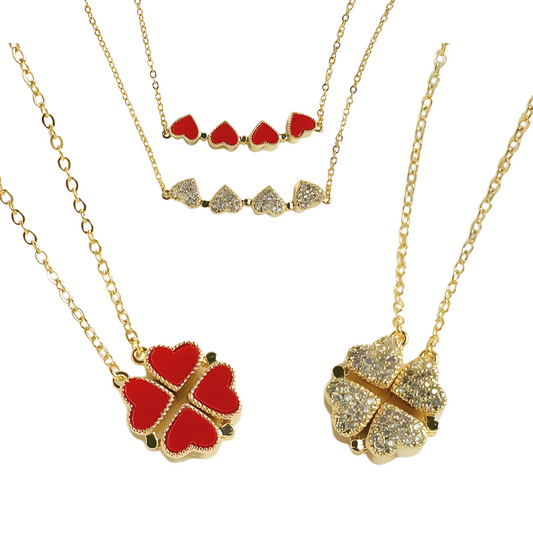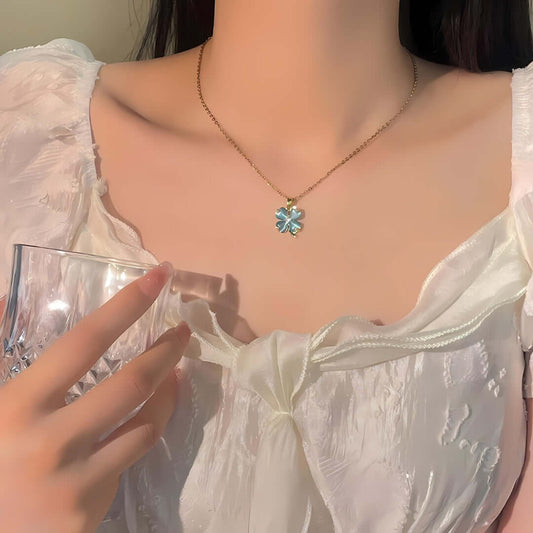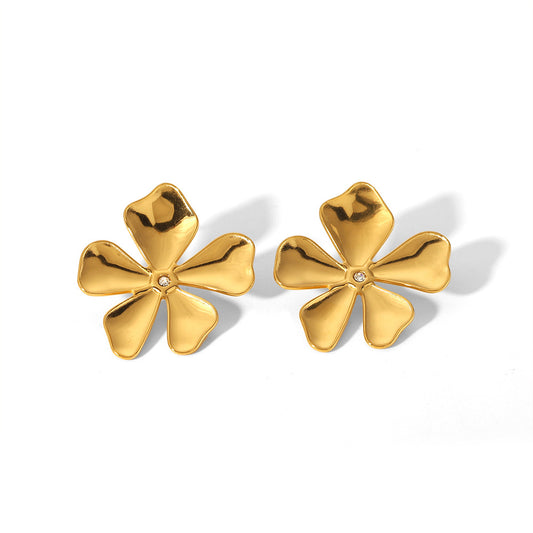
Cartilage Piercing Types and Gauge
Cartilage piercings come in various styles to suit different preferences and needs. Each cartilage piercing types and gauge offers unique features and benefits.
Cartilage artistry: The art of turning ordinary into extraordinary.
Cartilage Stud
-
Simple design with a single decorative front.
-
Suitable for individual piercings or multiple piercings in a row.
Cartilage Hoop
-
Circular shape that wraps around the cartilage.
-
Comes in different diameters and thicknesses.
Cartilage Barbell
-
Straight bar with a ball or decorative end on each side.
-
Used for industrial piercings, connecting two cartilage piercings with a long barbell.
Labret Back
-
Flat back stud with a decorative front.
-
Provides a secure and comfortable fit.
-
Suitable for various cartilage piercings, including helix and tragus.
Captive Bead Ring (CBR)
-
Hoop with a small bead or ball that is held in place by the ends of the hoop.
Easy to insert and remove with the right technique.

Horseshoe Style
-
U-shaped hoop with decorative ends or beads.
- Commonly used for septum and helix piercings.

Threadless Style
-
Post with a stud or gem that fits into the post.
-
Easy to change and customize the look of the piercing.
-
Allows for effortless jewelry swapping.
Choosing the Right Gauge
Choosing the right gauge for cartilage piercings is a crucial aspect of the piercing process. The gauge refers to the thickness of the jewelry used, and it plays a significant role in determining the healing process and overall comfort.
A smaller gauge s, such as 16 (1.2mm) or 18 (1.0mm), is commonly used for cartilage piercings as it puts less pressure on the delicate cartilage area, reducing the risk of irritation and promoting faster healing.
A larger gauge, like 14 (1.6mm) or 12 (2mm), is occasionally used for certain cartilage piercings, but it may require a longer healing time due to the increased trauma to the tissue.
 Cartilage Piercing Material
Cartilage Piercing Material
When choosing cartilage jewelry materials, first consider your skin's sensitivity and preferences. If you experience any irritation or discomfort, it's essential to switch to a different material and consult a professional piercer for advice.
-
Surgical Steel
Surgical steel is a popular choice for cartilage jewelry due to its durability and affordability. It is hypoallergenic, making it suitable for most people with sensitive skin. However, some individuals with nickel allergies might still experience irritation, as surgical steel may contain trace amounts of nickel.
-
Titanium
Titanium is an excellent option for those with sensitive skin and nickel allergies. It is lightweight, corrosion-resistant, and hypoallergenic, making it a safe and comfortable choice for cartilage piercings.
-
925 Sterling Silver
Made from 92.5% pure silver mixed with other metals for added strength and durability.Generally suitable for people with sensitive skin or allergies. Sterling silver can tarnish over time due to exposure to air and moisture. Compared to solid gold, sterling silver is more affordable while still providing a high-quality look.
-
Gold
Gold cartilage jewelry is available in different karats, with higher karats like 14K or 18K being more suitable for sensitive skin. Individuals with gold allergies should avoid this material.
-
Copper
Copper has a warm and distinct reddish-brown color that develops a natural patina over time, which is a tarnished and darkened layer on the surface that reason why copper requires regular cleaning and polishing to maintain its original shine and color. Some individuals may experience skin reactions to copper, such as discoloration or irritation.
-
Bioflex
Bioflex is a flexible and biocompatible material, ideal for new or healing cartilage piercings. It minimizes irritation and allows for easy movement. However, keep in mind that bioflex might not be as durable as metal options.
Pros and Cons
-
Surgical steel, titanium and 925 Sterling Silver are durable, hypoallergenic options suitable for most individuals.
-
Gold may cause irritation for those with gold allergies.
Bioflex offers comfort during the healing process but may not be as long-lasting as metal options.
Sensitive Skin Compatibility
-
For those with sensitive skin or known metal allergies, titanium and bioflex are the safest choices.
If you prefer gold, opt for higher karats like 14K or 18K to minimize the risk of skin.
Cartilage Styling Tips

-
Stack it up: Don't be afraid to stack multiple cartilage rings or studs on one ear.
-
Play with colors: Mix and match different hues to complement your outfit or mood.
-
Graduated sizing: Start with a smaller stud or hoop near your earlobe and gradually increase the size as you move up the ear. This creates a visually appealing and trendy look.
-
Cuff it up: Cartilage cuffs don't require any piercing and can be easily adjusted to fit your ear's unique shape. Pair them with other cartilage jewelry for a modern and edgy style.
-
Hoops and chains: Connect multiple piercings with chains or dangle charms from your hoops for a whimsical and bohemian vibe.
-
Mix metals: Don't feel confined to one metal color. Try combining gold, silver, and rose gold cartilage jewelry to add depth and dimension to your look.
The key to styling cartilage jewelry is to have fun and express your unique personality.























